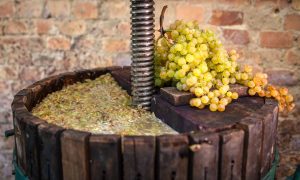In the technology of wine production, mostly white wines, the purification of must is essential. After mulching and rolling the mash, the must contains a certain amount of turbidity (spores, mold, soil particles, residues of preservatives, parts of the skins, stalks …). The particles are gradually deposited, and the amount of sediment can be 2-20%, depending on the quality of the grapes and the method of processing.
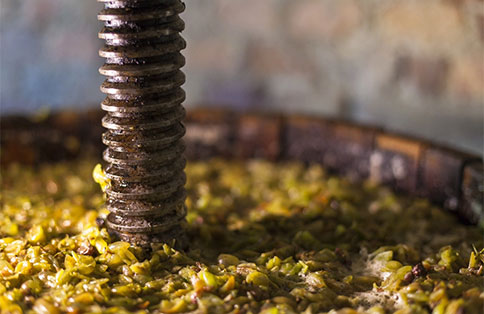
The term wine clarification implies the introduction of certain wine clarifying agents, which bind unstable ingredients from wine through chemical or physico-chemical reactions, accelerating their deposition.
Oenological clarifiers are used for the purpose of improving the clarity of wine, colors, organoleptic properties (taste and aroma), and to achieve the stability of wine.
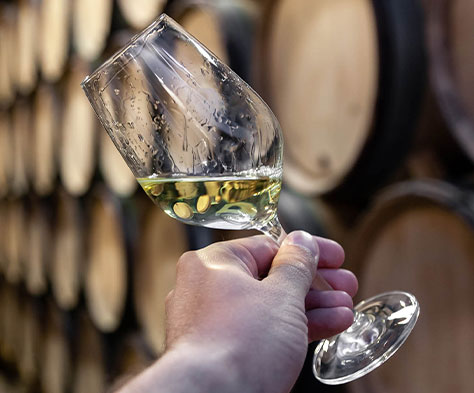
Clarifiers remove:
- substances that cause turbidity
- excessive bitterness and acrimony
- undesirable color changes
- unpleasant odors and tastes
After action, the clarifiers are separated from the wine or must by various technological procedures (decantation, filtration, centrifugation). Proper use and dosing of appropriate clarifiers can significantly affect the quality of wine, eliminate errors made in the previous production process and ensure lasting stability of the wine.
Effect of the clarifying agent on the principle:

Binding of opposite electric charges
Clarifier and substances that are removed are of opposite electric charge, so there is a binding and formation of larger particles that are deposited in the wine.

Chemical bond
Chemical bonds are formed between the clarifier and the substance to be removed (blue clarification).

Absorption and adsorption
Substances that are removed from the wine are bound either to the surface of the clarifier particles or are bound within the structure of the clarifier.
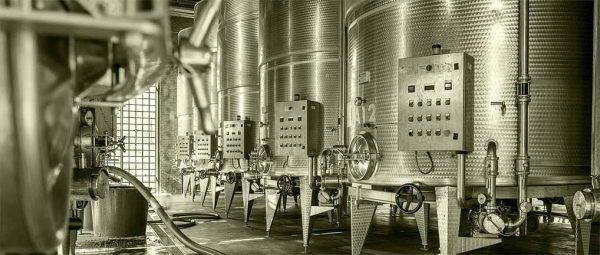
Oenological clarifier groups:
• Mineral clarifiers:
bentonite, spanish soil, kaolin…
• Protein clarifiers:
gelatin, phytoproteins, isinglas, casein, ovoalbumin, lactoabulin
• Synthetic polymers:
PVPP, PVI, silica salt
• Tannins:
gallotannins, catechins
• Other clarifiers:
pectolytic enzymes, yeast wall preparations …
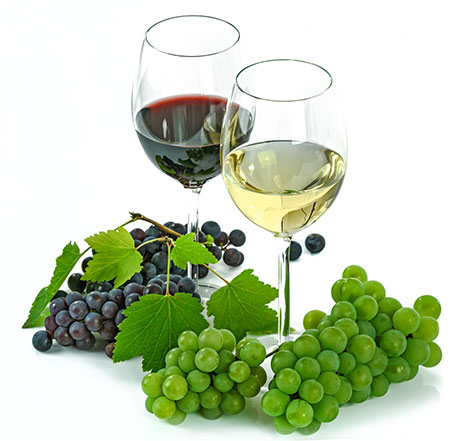
One of the most commonly used clarifiers is bentonite which is a type of clay. By composition it is hydrated Al-silicate.
Bentonite is present on the market as:
1. Na-bentonite – is characterized by great swelling ability
2. Ca-bentonite – weak swelling power
3. A mixture of Na and Ca-bentonite
The solution of wine and water has a negative electric charge – the deposition of (thermolabile) proteins. It is used for clarification: turbid wines in combination with gelatin (white young wines), for removing sorghum in wines with clarified gelatin, for clarification of slimy wines instead of agar-agar.
For measuring turbidity and checking bentonite value Hanna Instruments has simple and easy solution:
HI83749
Portable Turbidity and Bentonite Check Meter
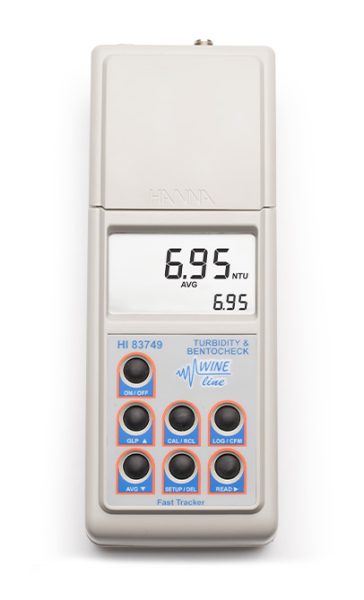
HI83749-02 (230V) is supplied with:
iButton® tags with tag, holders (5), sample cuvettes and caps (6), calibration cuvettes (4), bentocheck reagent, silicone oil (HI98703-58), 1000 µL automatic pipette with two tips and instructions, sheet, 25 mL glass vials with caps (4), 1 mL syringe with two tips, funnel, filter paper (25), cuvette cleaning cloth, 12 VDC adapter, batteries, instructions and rugged carrying case.
Wines with low phenol contents, such as rosé, light reds and whites should be checked for protein stability before bottling. Hanna offers a quick test meter to verify the risk of future protein haze formation if protein instability is detected, a subsequent test can help define the right amount of bentonite to be added for improving protein stability. It is important not to overdose bentonite to avoid stripping wine flavor, body, and significant loss of color, especially in young red wines. Moreover, adding only the necessary amount of bentonite to obtain the desired protein stability also saves costs. The HI 83749 measures turbidity of samples from 0.00 to 1200 NTU Nephelometric Turbidity Units) and is USEPA compliant. In the USEPA measurement mode the instrument rounds the readings to meet USEPA reporting requirements.
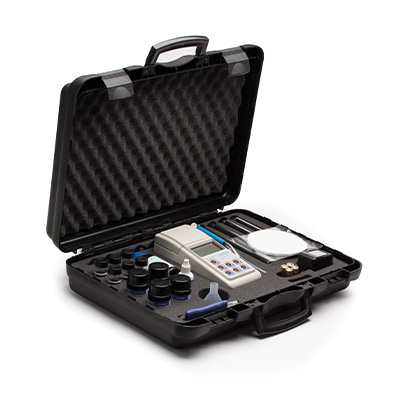
Author:
Tajana Mokrović, mag.nutr.
Tajana Mokrović, mag.nutr.



